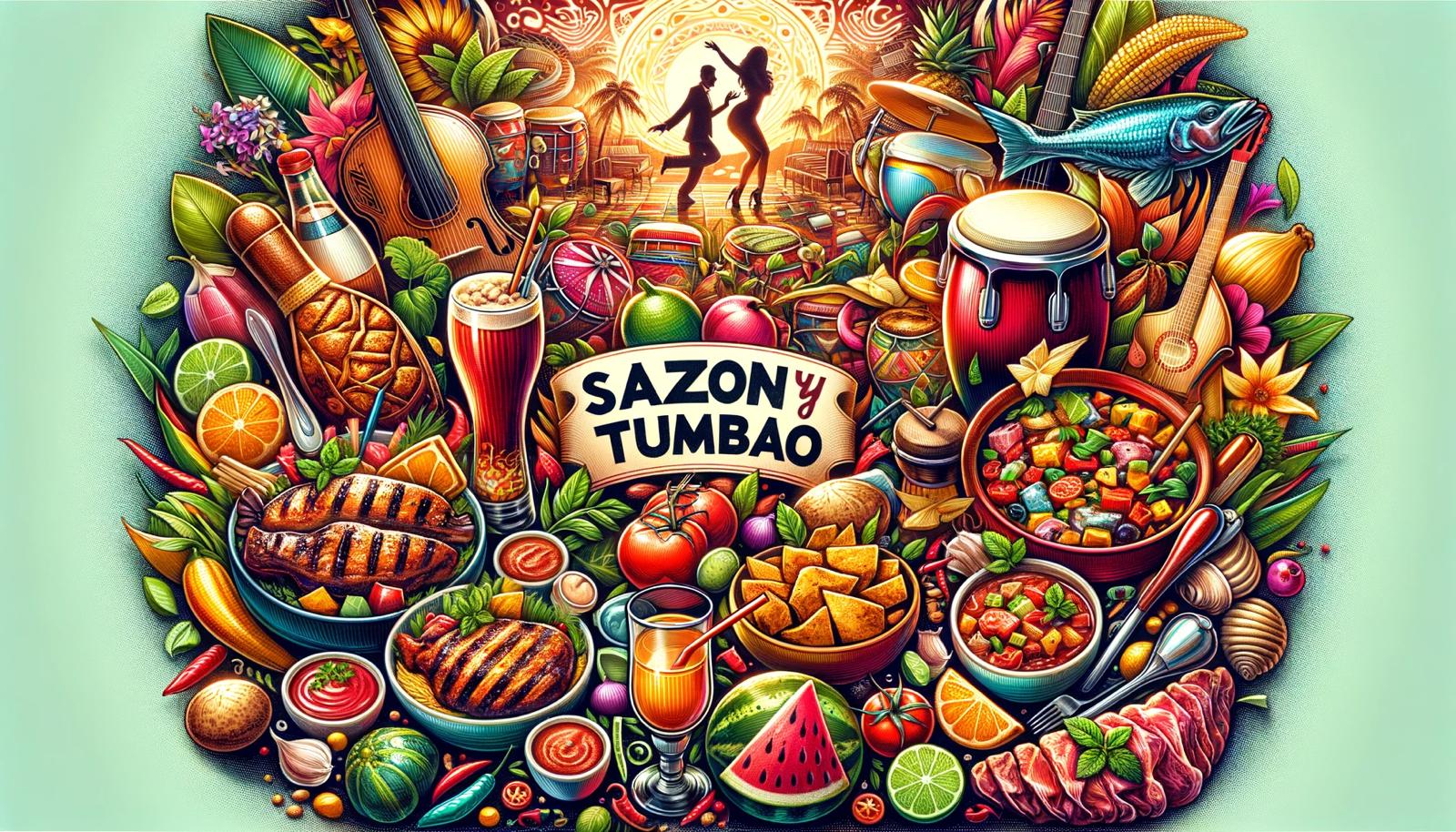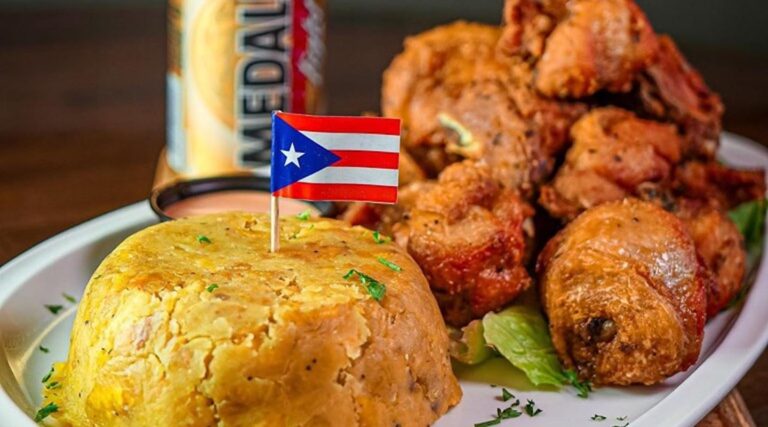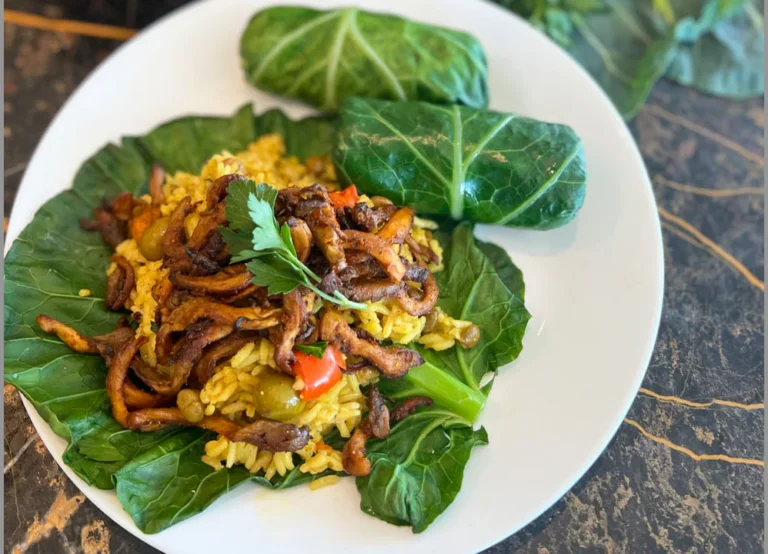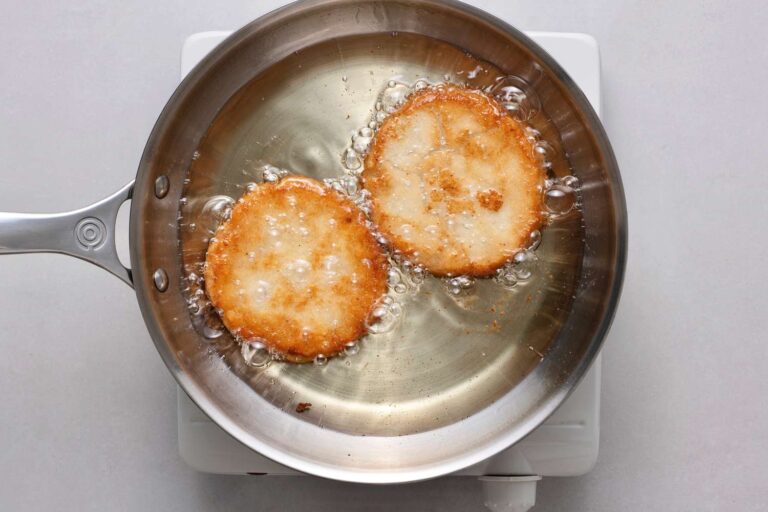In the vibrant world of Caribbean and Latin American cuisine, two contenders vie for supremacy on the plate: Mofongo vs Tostones. These plantain-based dishes pack a punch of flavor, each with its own distinct character. Let’s delve into their sizzling rivalry, exploring the secrets hidden within their golden crusts and creamy cores. Picture a rustic kitchen in Puerto Rico, where green plantains sizzle in hot oil, releasing an irresistible aroma.
Mofongo, born on this tropical island, is a culinary masterpiece. Its recipe is simple yet profound: green plantains, garlic, salt, and a touch of olive oil or savory pork fat. The magic happens when these ingredients collide in the frying pan.
As the battle unfolds, Mofongo and Tostones stand tall, each with its loyal following. Whether you crave the robust embrace of garlic or the sheer crunch of simplicity, these dishes offer a passport to tropical bliss. So, venture forth and savor the clash of flavors—Mofongo vs. Tostones—on your culinary journey!

What’s the difference between mofongo and tostones?
Mofongo and tostones both start from green plantains, but their journeys diverge with a culinary plot twist. Mofongo takes the adventure route, being fried, then mashed with garlic, oil, and often pork rinds, transforming into a garlicky, savory mountain that’s sometimes filled with meaty goodness.

It’s the hearty, flavor-packed hero of the meal. Tostones, on the other hand, keep it chill. They’re sliced, fried, smashed, then fried again until they’re the crispy, golden sidekicks. They’re all about that crunch life, usually hanging out with a sprinkle of salt or a dip.
Mofongo is your main dish with a rich, bold taste, while tostones play the supporting role, ready to dive into dip or just shine with a simple salt sprinkle. There you have it: a culinary tale of two plantains.
STARTING WITH THEIR Ingredients
Mofongo
Green Plantains
- The star of the show! These starchy, unripe plantains form the base of Mofongo. They’re sliced, fried, and then mashed to create the foundation.
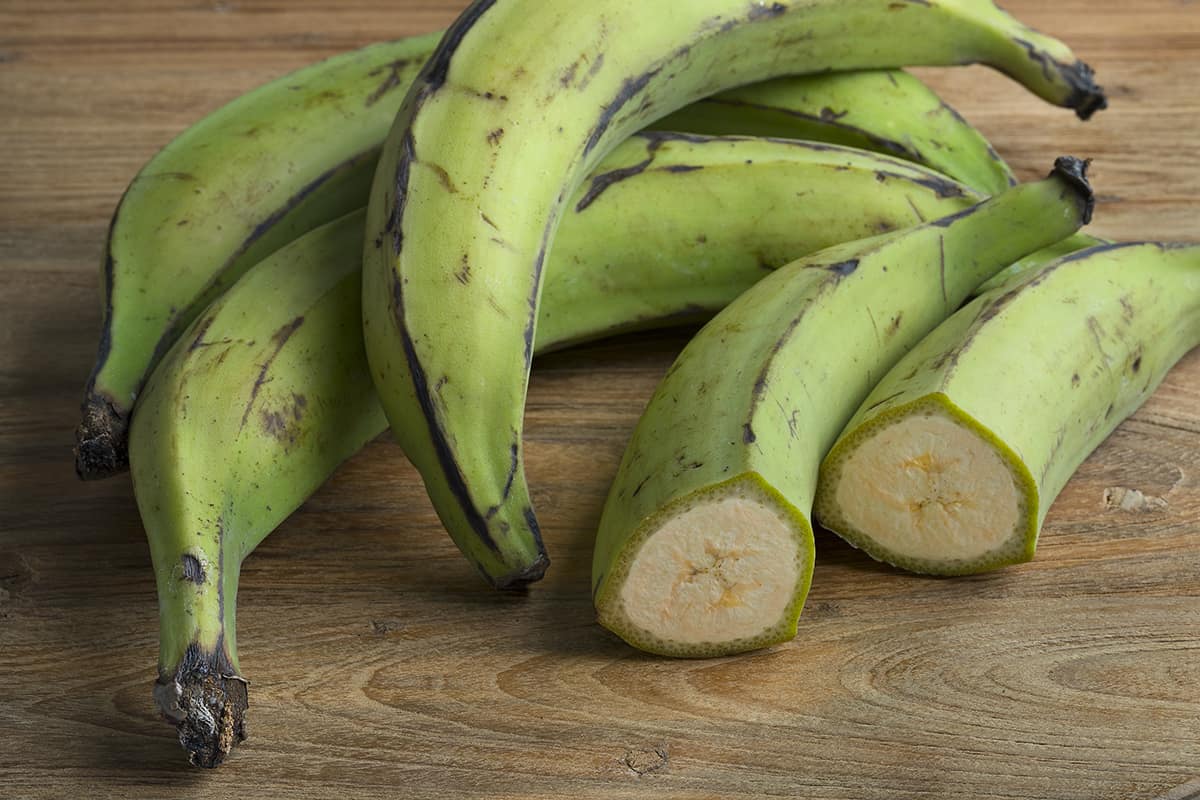
Garlic
- Essential for flavor. Freshly minced garlic infuses the dish with its aromatic magic.
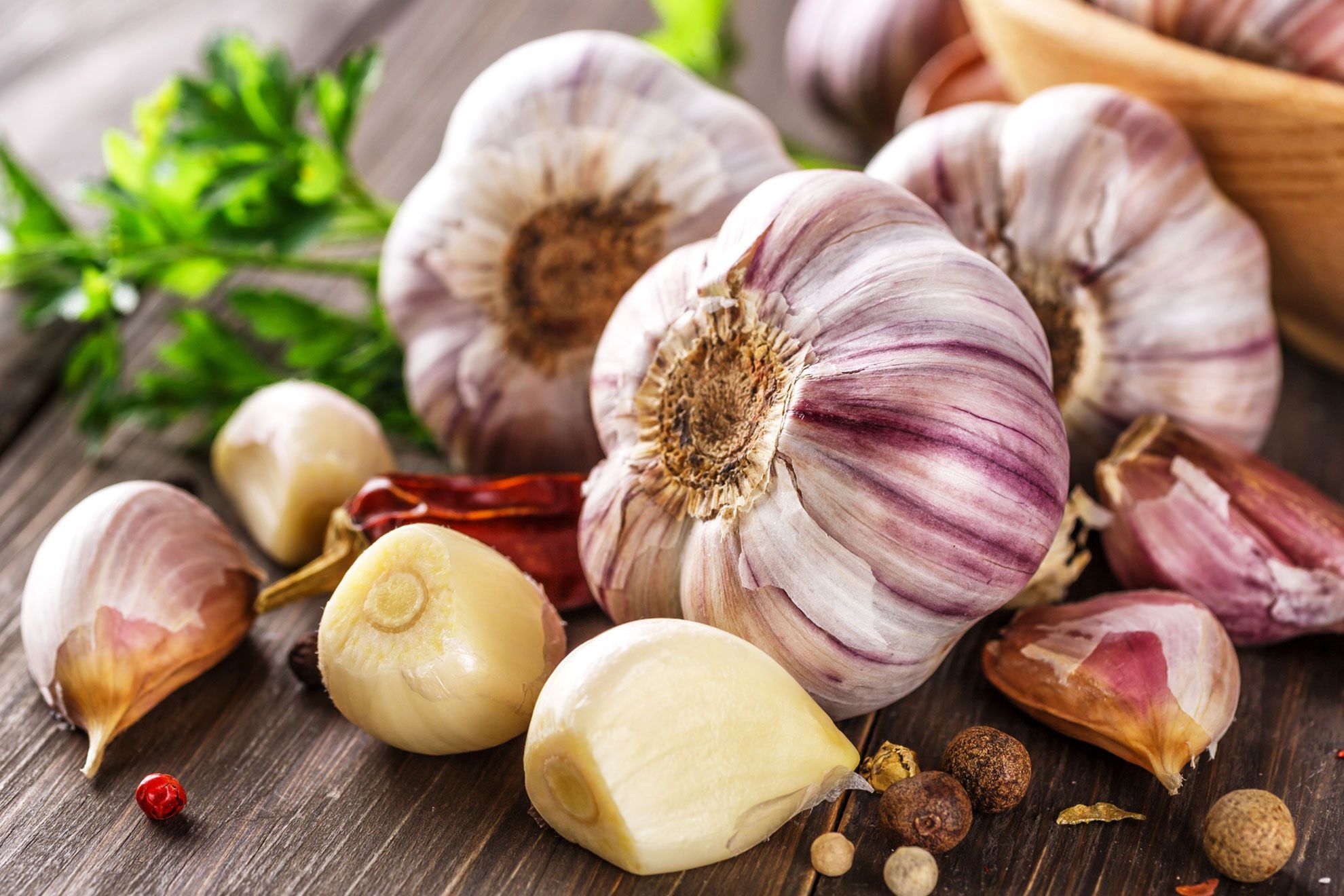
Salt
- A pinch of salt enhances the taste and balances the richness.

Olive Oil or Pork Fat
- The choice of fat matters. Some recipes use olive oil, while others opt for rendered pork fat (which adds extra indulgence).
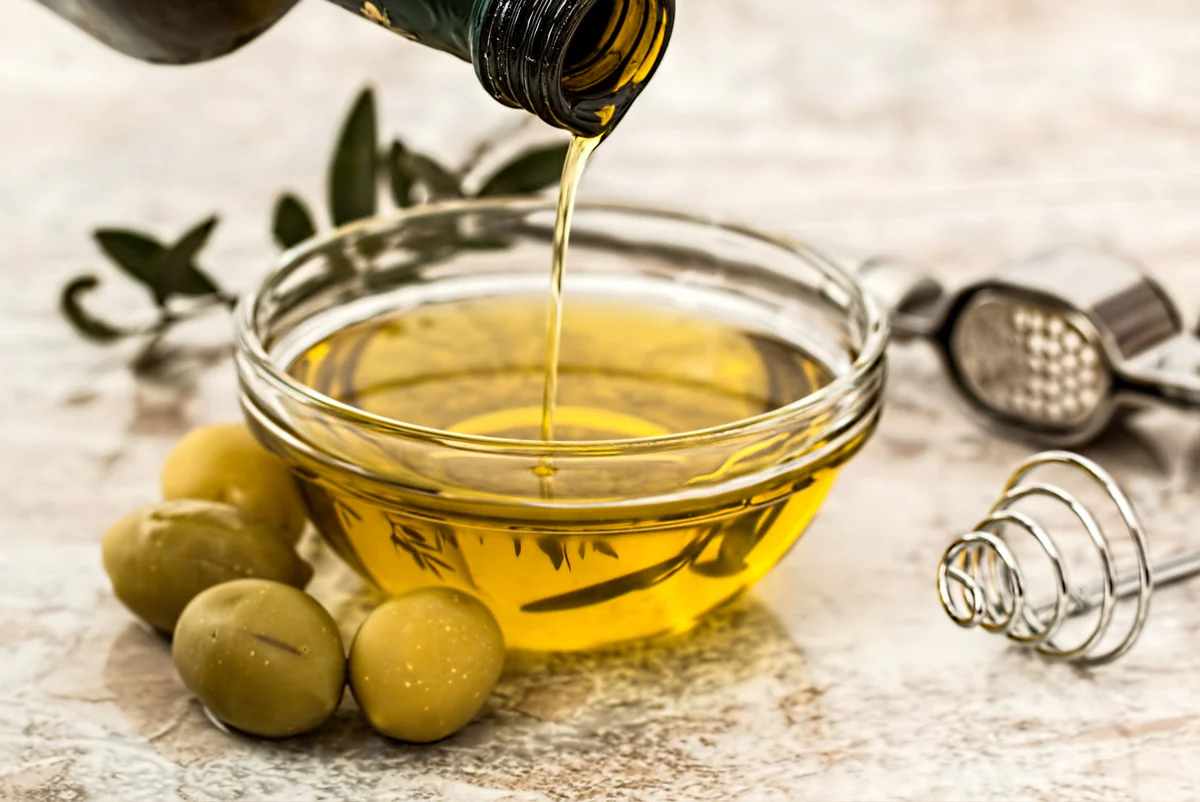
Tostones
Green Plantains (Yes, again!)
- Tostones share their primary ingredient with Mofongo. These plantains are firm, green, and unripe.

Salt:
- Simple and straightforward. A sprinkle of salt elevates the natural sweetness of the plantains.

Vegetable Oil
- Tostones take a dip in hot vegetable oil during their double-frying process.

MOFONGO VS TOSTONES: Preparation
Mofongo
- Peel and Slice: Start by peeling the green plantains. Slice them into rounds or chunks.
- Fry: Heat up some oil (olive oil or pork fat) in a pan. Fry the plantain slices until they turn golden and crispy.
- Mash and Flavor: Remove the fried plantains and mash them with minced garlic and a pinch of salt. The result? A fragrant, garlicky mound.
- Shape: Shape the mashed mixture into balls or patties. Think of it as edible art!

Tostones
- Peel and Slice (Again): Yes, peel those green plantains once more. Cut them into thick slices.
- First Fry: Heat vegetable oil in a pan. Fry the plantain slices until they soften, but don’t brown yet.
- Flatten: Take the softened slices out and flatten them. You can use a tostone (a wooden press) or even a sturdy glass.
- Second Fry: Back into the hot oil they go! Fry until they achieve that irresistible crunch. Sprinkle with a touch of salt.

Texture and Flavor: MOFONGO VS TOSTONES
Mofongo
- Texture: Imagine breaking through a crispy outer layer to reveal a creamy, garlicky interior. It’s like a flavor-filled surprise.
- Flavor: Garlic dominates here. It’s bold, comforting, and utterly satisfying.
Tostones
- Texture: Crispy, crunchy, and addictive. Tostones are like potato chips’ cooler Caribbean cousin.
- Flavor: No garlic drama—just the pure taste of green plantains. Dip them in sauces for an extra kick.
Certainly! Let’s explore the serving styles and variations of both Mofongo and Tostones:
Serving
Mofongo
- Main Course or Side Dish: Mofongo often takes center stage as a main course, especially when paired with succulent meats like roast pork (known as personal). However, it’s equally delightful as a side dish.
- Accompaniments: Picture a plate with a generous mound of Mofongo, surrounded by stewed chicken, shrimp in garlic sauce, or vegetables. The creamy interior of Mofongo soaks up the flavorful juices, creating a harmonious blend.


Tostones
- Snack or Appetizer: Tostones are the life of the party! Serve them as an appetizer during gatherings or as a quick snack to satisfy those crispy cravings.
- Dipping Sauces: Tostones love company. Pair them with vibrant dipping sauces like mojo (a zesty garlic and citrus blend) or aioli. The contrast between the crunchy exterior and the saucy dip is pure bliss.
Variations
Mofongo
- Stuffed Mofongo: Elevate the game by stuffing Mofongo with additional ingredients. Imagine a center filled with crispy bacon, shrimp, or even cheese. Each bite becomes an adventure.
- Vegetarian Mofongo: Skip the meat and go veggie! Load up your Mofongo with sautéed spinach, mushrooms, or plantain chips for a delightful twist.
Tostones
- Spiced Tostones: Some regions sprinkle their Tostones with spices like paprika, cayenne, or even a touch of adobo seasoning. It’s like giving them a flavor passport.
- Sweet Tostones: Yes, you read that right! Instead of savory, try a sweet version. Toss the fried Tostones in a dusting of cinnamon and sugar for a surprising dessert.
Final Analysis
As you savor these crispy and garlicky delights, remember that Mofongo and Tostones transcend mere food—they’re cultural ambassadors. These humble plantain-based dishes carry the essence of their origins, whispering stories of tropical shores, bustling markets, and family feasts.
Mofongo, with its creamy interior and golden crust, embodies the warmth of Puerto Rico. It’s the hearty hero that pairs seamlessly with roast pork (pernil) or dances alongside succulent shrimp. The garlic-infused embrace invites you to linger, savoring each garlicky bite.
On the other side of the culinary ring, we have Tostones—the crispy challenger. These double-fried coins hail from beachside shacks and street corners. Their simplicity is their strength: green plantains, salt, and hot oil. Dip them in mojo sauce or aioli, and suddenly, you’re transported to sun-kissed afternoons.
So whether you find yourself at a lively family gathering, a cozy restaurant, or a hidden gem off the beaten path, let your taste buds embark on this flavorful journey. Raise your fork (or your fingers, if you’re a Tostones purist), and celebrate the clash of flavors—Mofongo vs. Tostones.
FAQs
Disclosure: Our blog contains affiliate links to products. We may receive a commission for purchases made through these links. However, this does not impact our reviews and comparisons. We try our best to keep things fair and balanced, in order to help you make the best choice for you.
